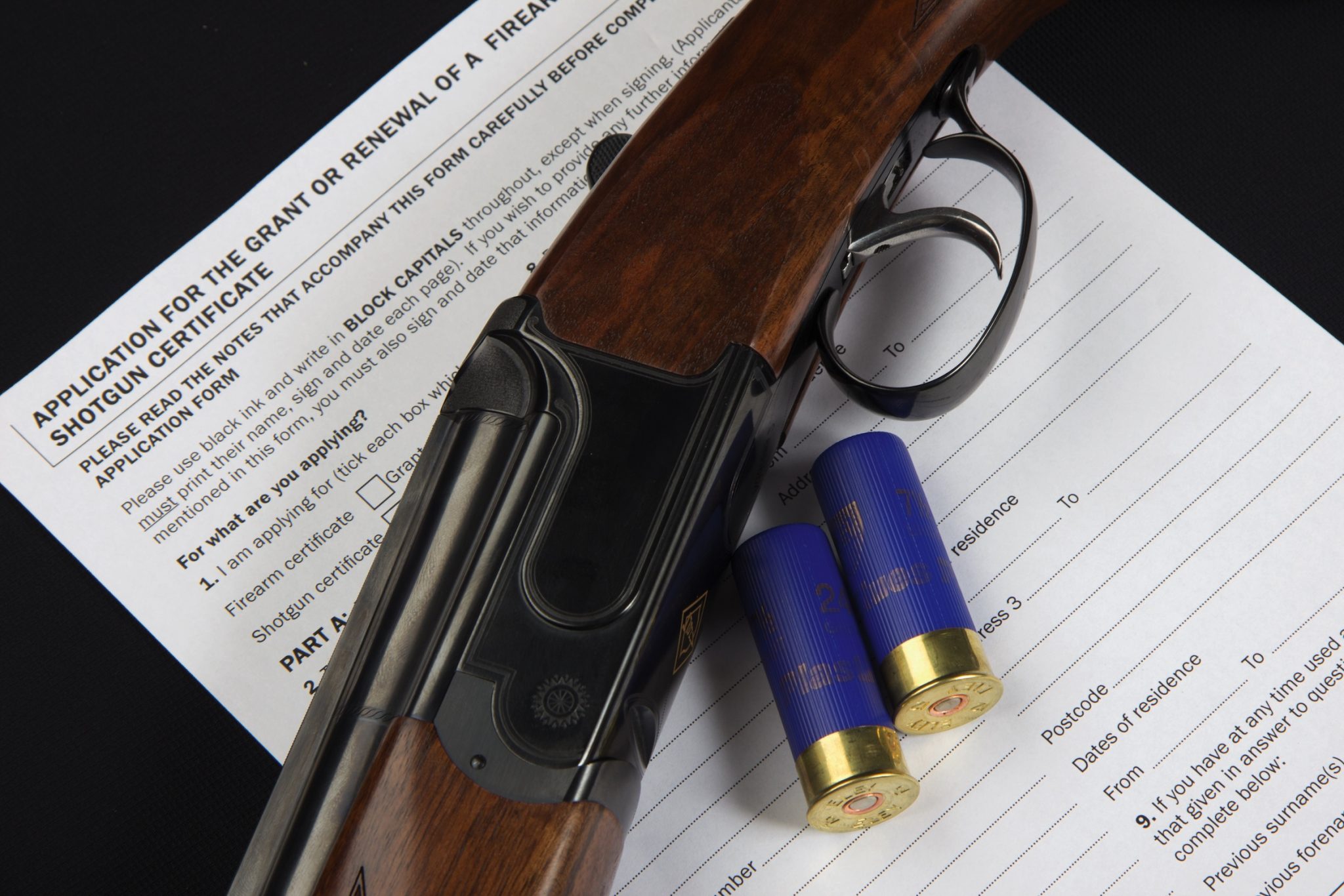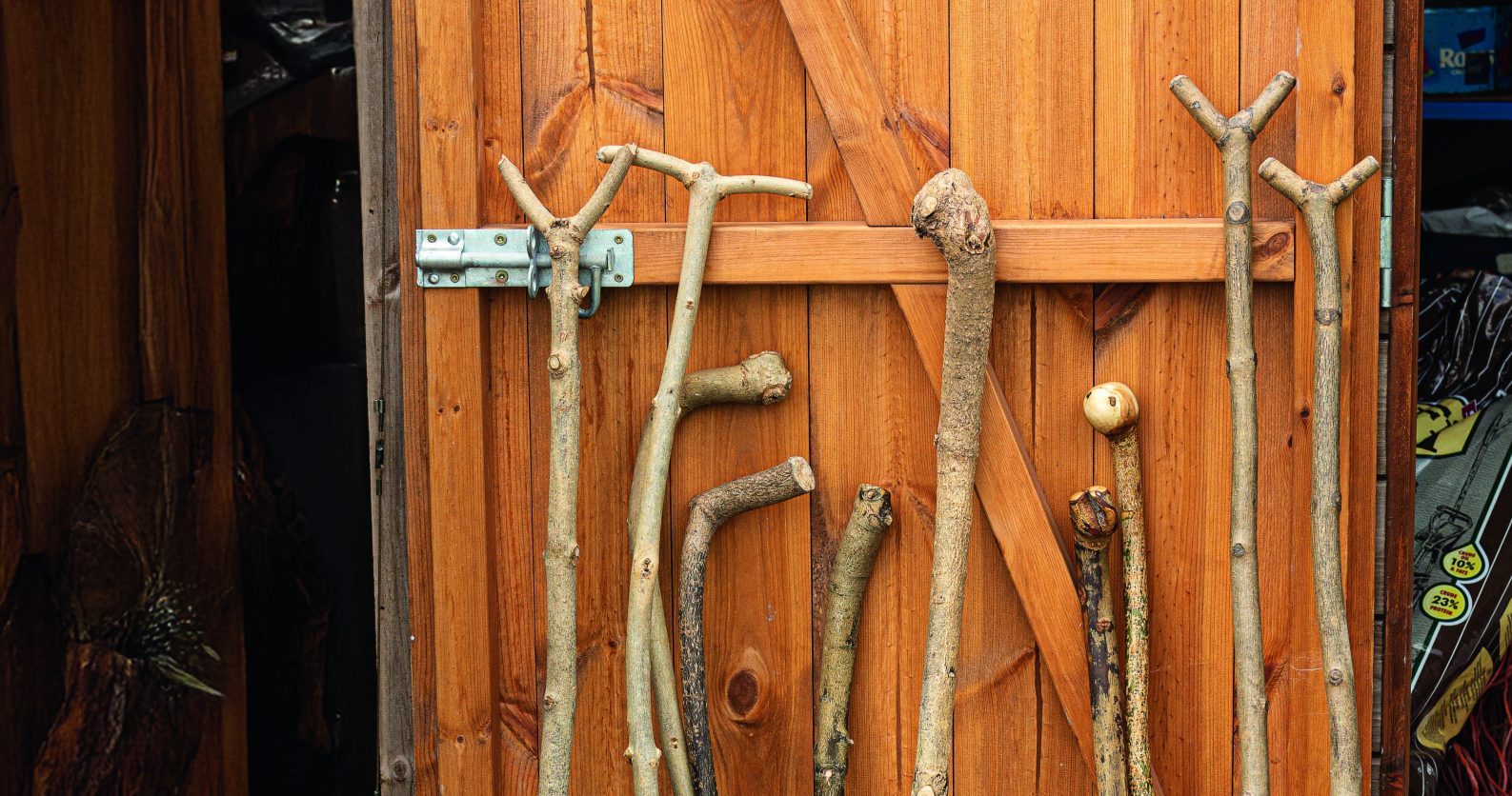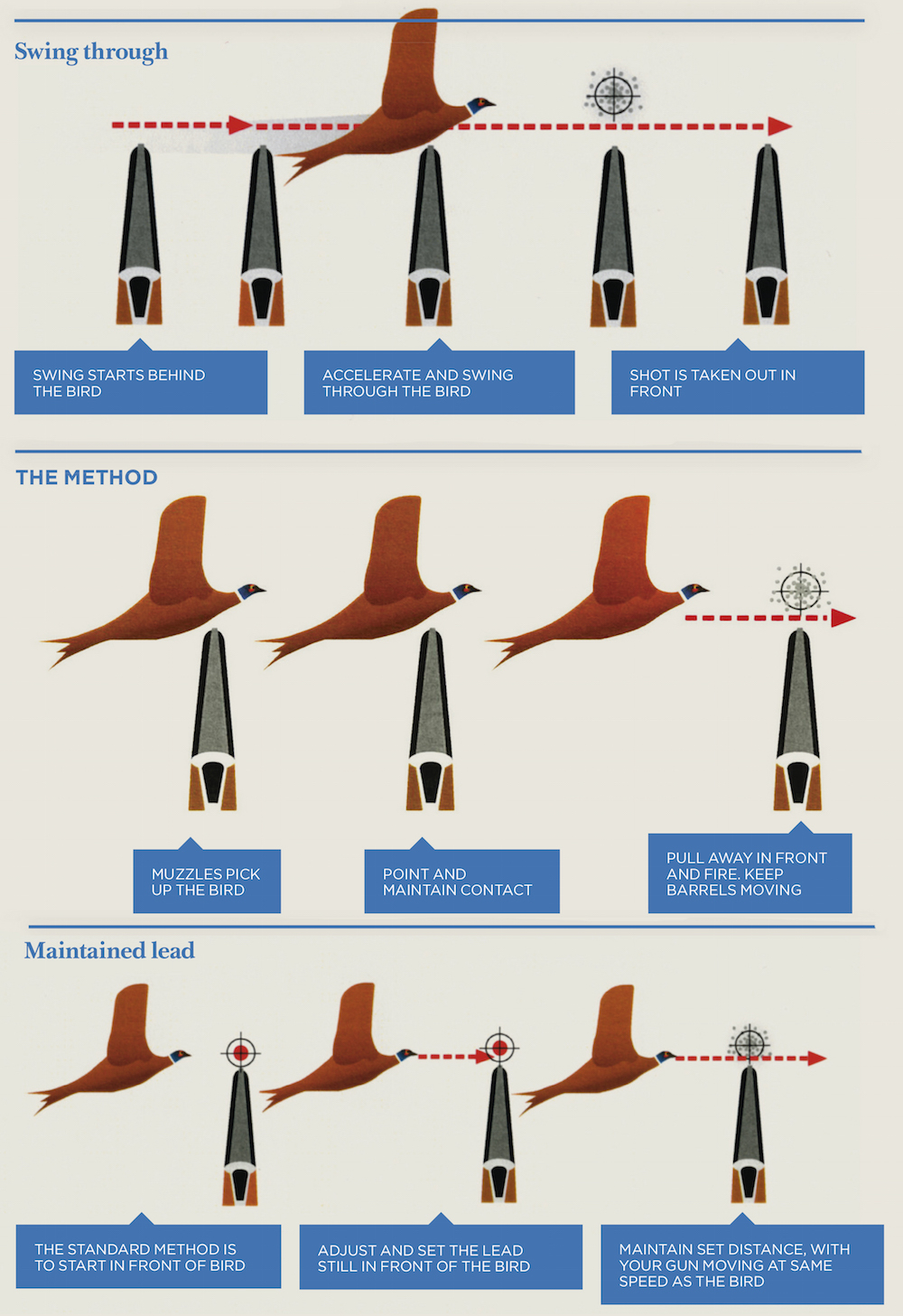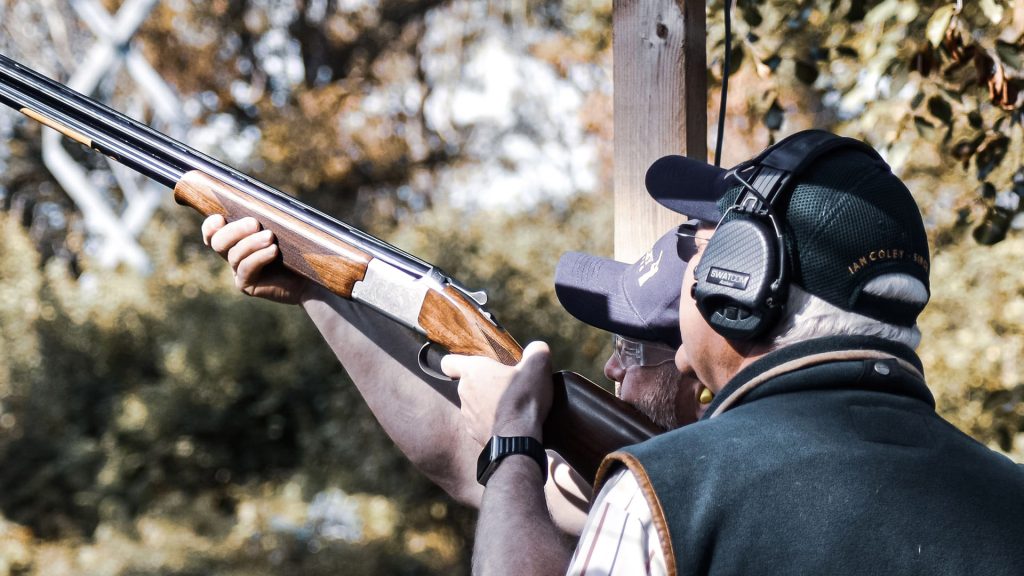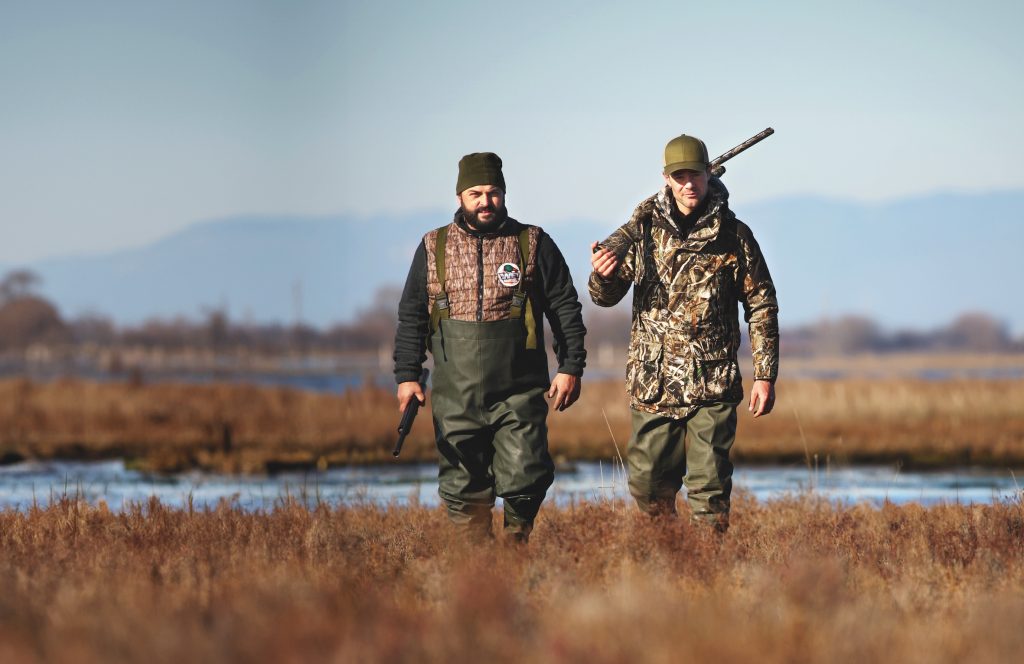Win CENS ProFlex DX5 earplugs worth £1,149 – enter here
Do you know the four basics for competent shooting?
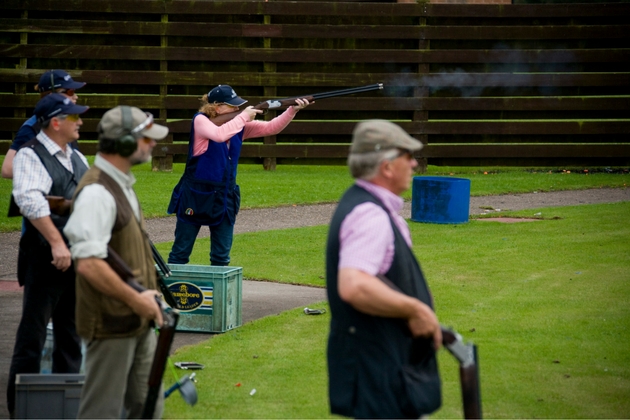
Simulated stimulation
The single targets on a skeet layout are possibly the closest you can get to recreating the flight of a pigeon or game in the field. Distances may vary, but crossing and incoming birds can be rehearsed in all their varieties. If you have developed a shooting style or technique, a good coach will be able to tell you what it is; and, more importantly, explain the strengths and weaknesses of each style in the field of game and clayshooting.
You may of course have developed a rather random approach to addressing the moving target, but, believe me, the clarification can be an eye-opener. As discussed before, there are only three places that the gun can start its swing along the flightline of a crossing target:
- Behind the clay on its flight path, to catch the clay up, and overtake. Traditionally known as “swing through”.
- Pointing at the target, before pulling ahead. Known as the CPSA method.
- Ahead of the clay, from the start of the gun movement. Maintained lead (or forward allowance).
With crossing targets, each system has the basic function of getting the gun to point ahead of the clay, to place the shot cloud on the clay when the trigger is pulled. Of course, the greater the distance to the target, the longer the time the shot cloud takes to get there and the further ahead you have to shoot. Knowing which system you may have naturally developed is a significant help in understanding what you are doing with the process of breaking the clay with the shot cloud of pellets.
Related Articles
Get the latest news delivered direct to your door
Subscribe to Shooting Times & Country
Discover the ultimate companion for field sports enthusiasts with Shooting Times & Country Magazine, the UK’s leading weekly publication that has been at the forefront of shooting culture since 1882. Subscribers gain access to expert tips, comprehensive gear reviews, seasonal advice and a vibrant community of like-minded shooters.
Save on shop price when you subscribe with weekly issues featuring in-depth articles on gundog training, exclusive member offers and access to the digital back issue library. A Shooting Times & Country subscription is more than a magazine, don’t just read about the countryside; immerse yourself in its most authoritative and engaging publication.




